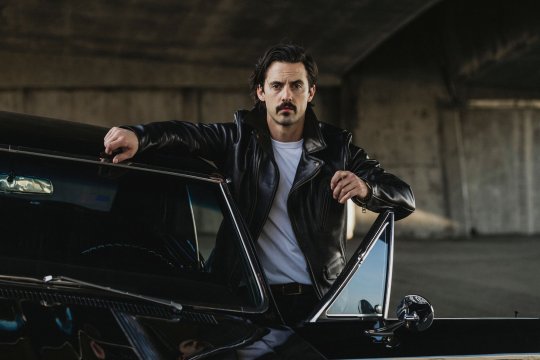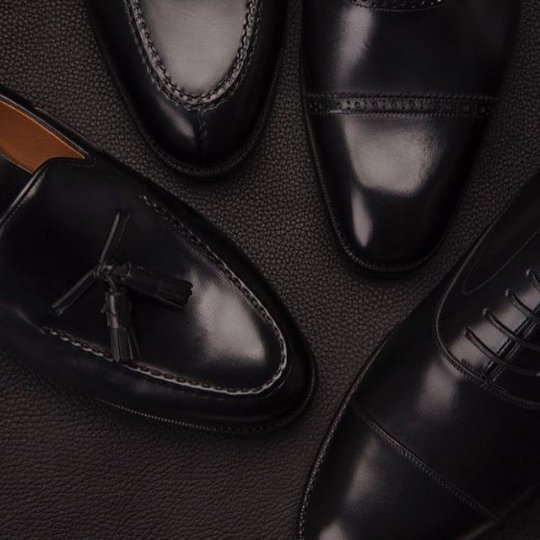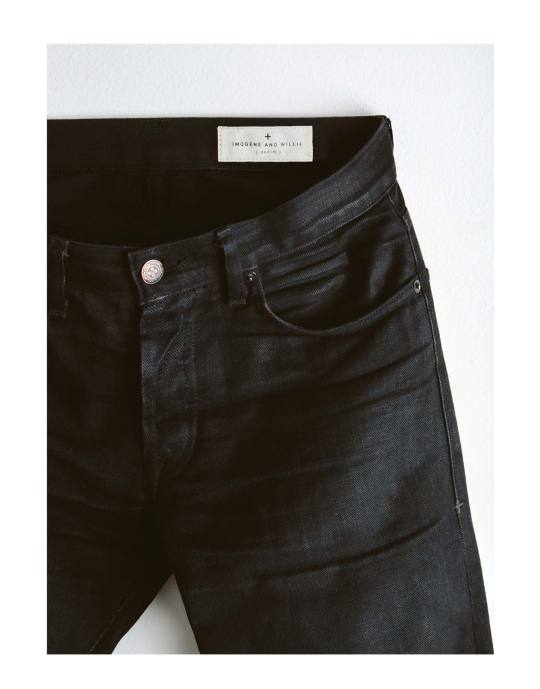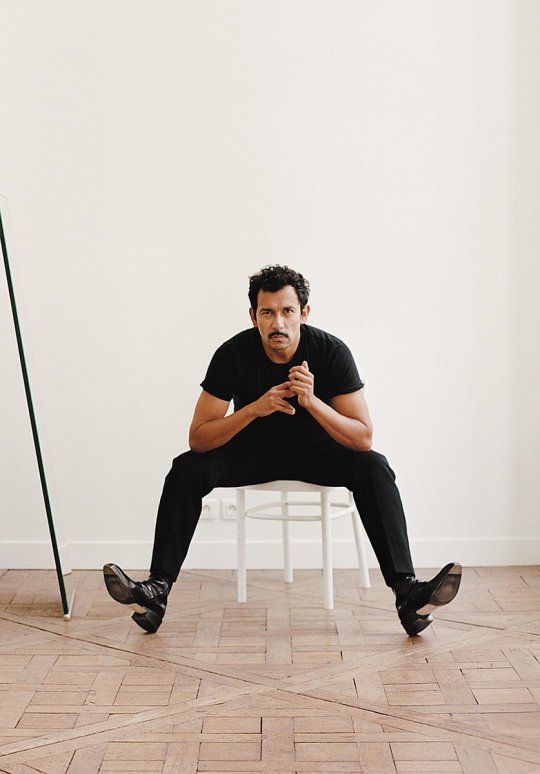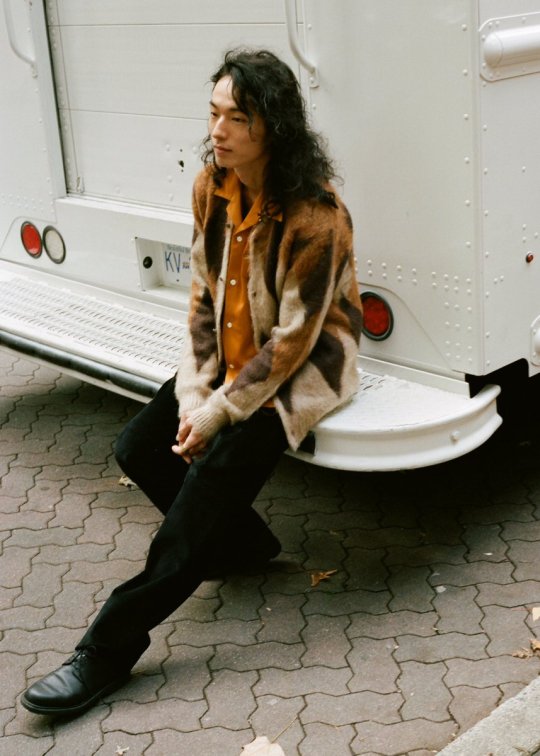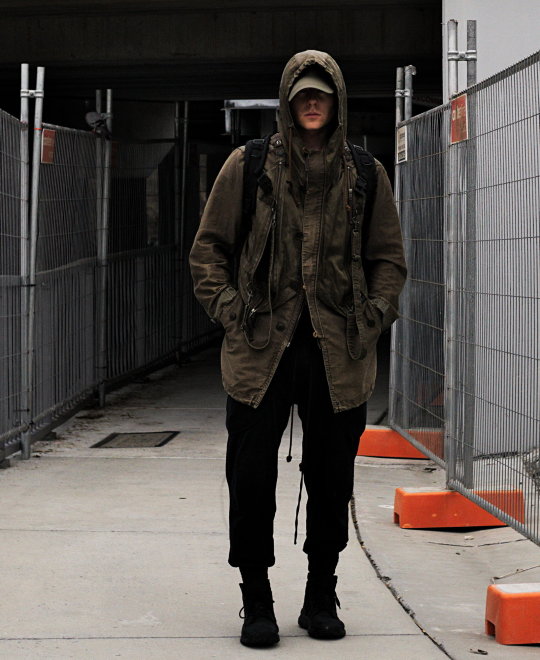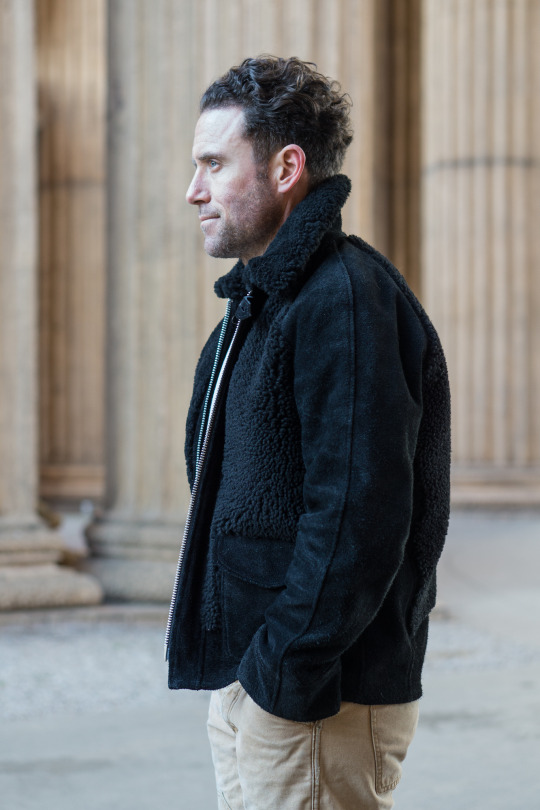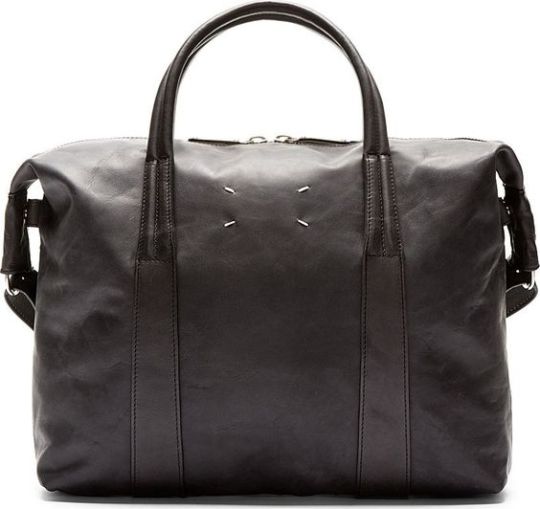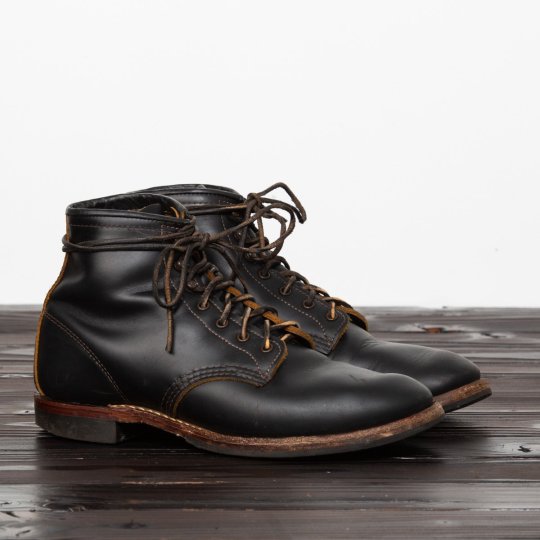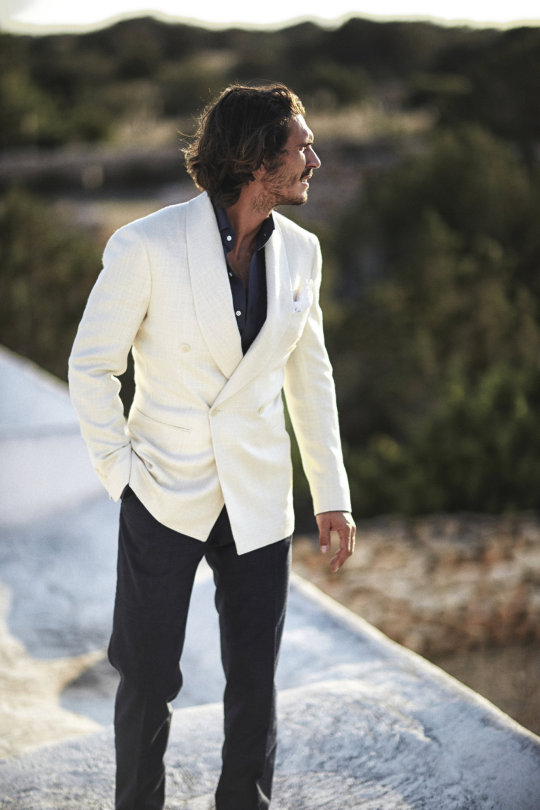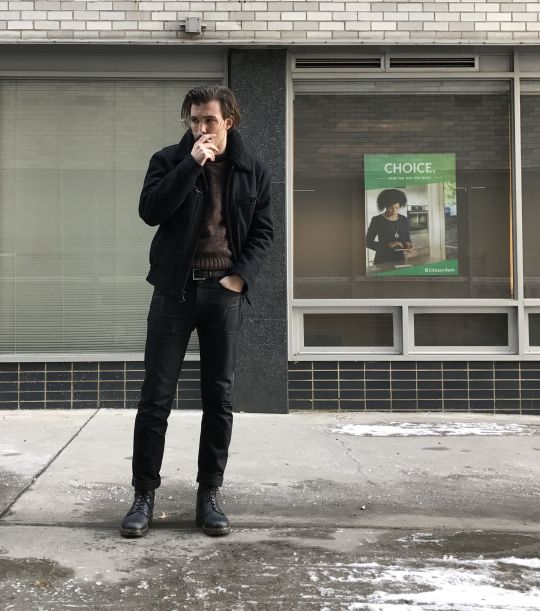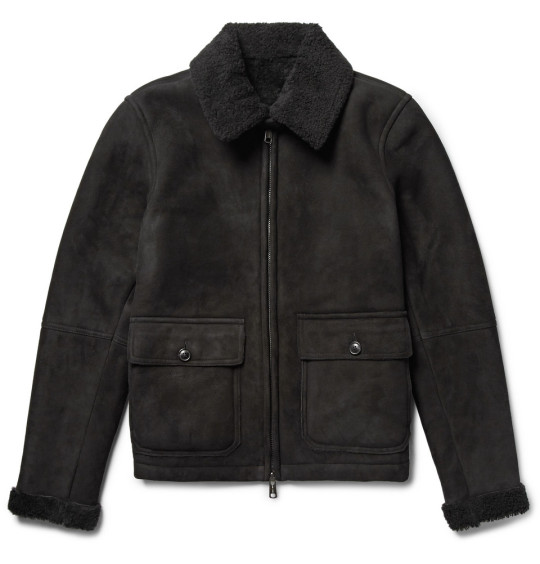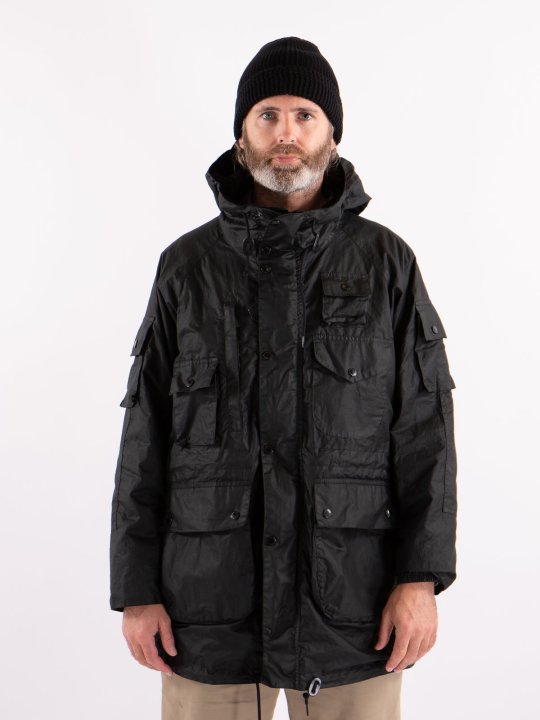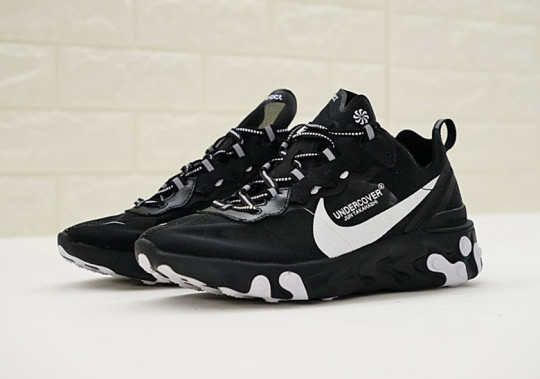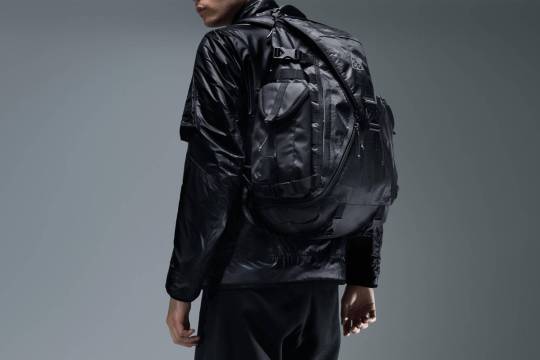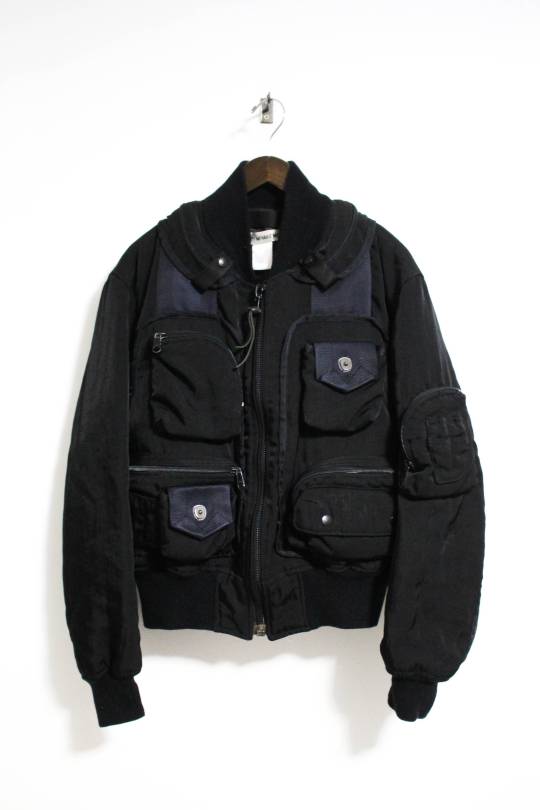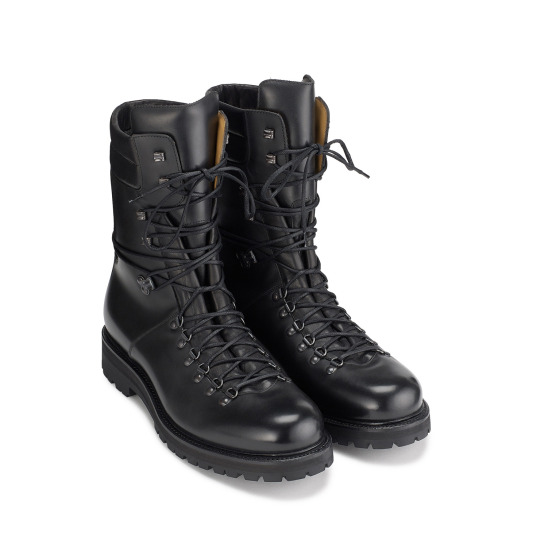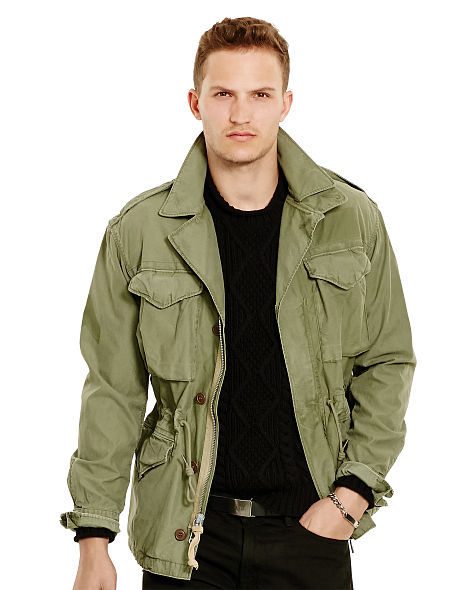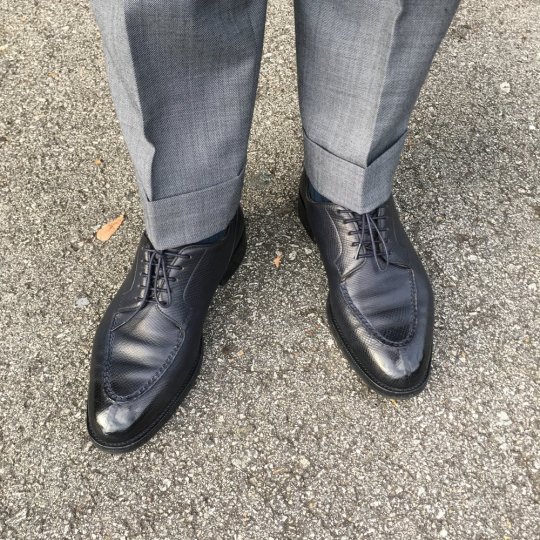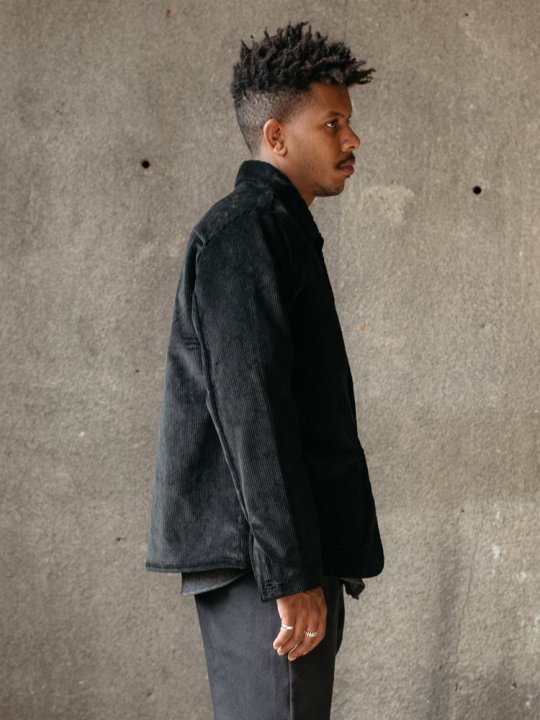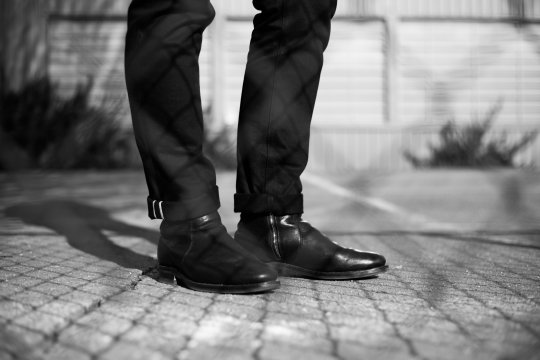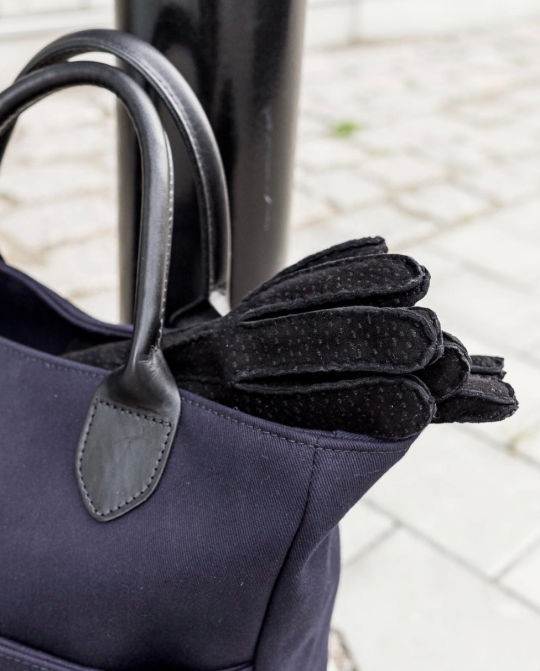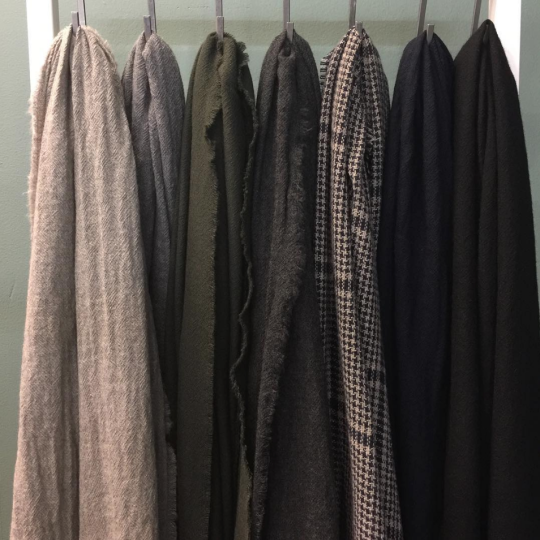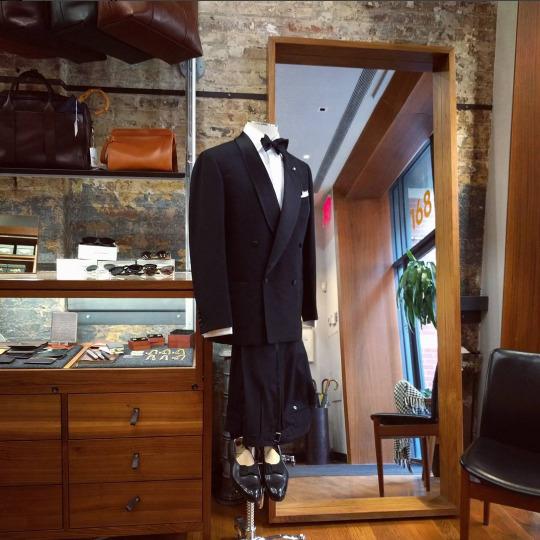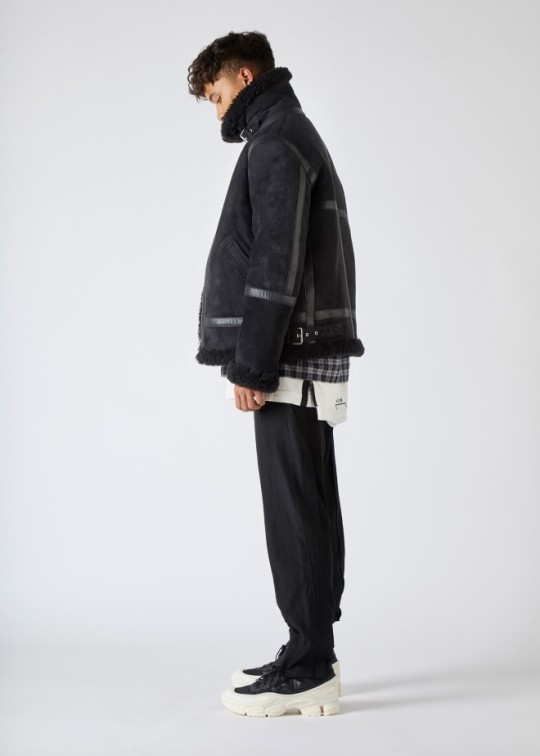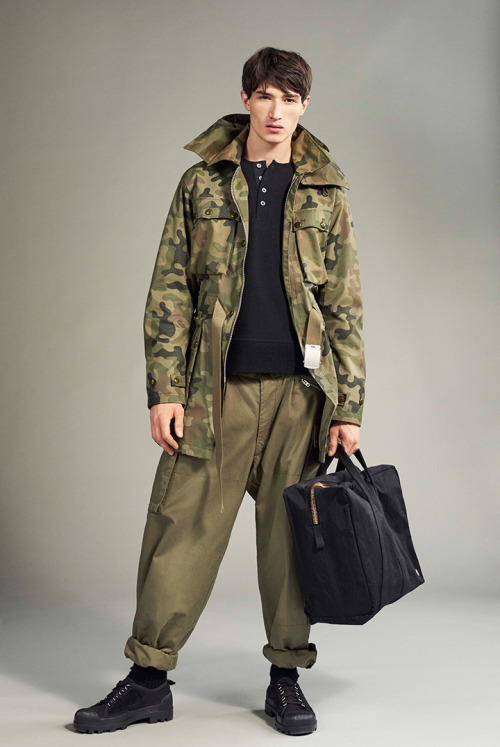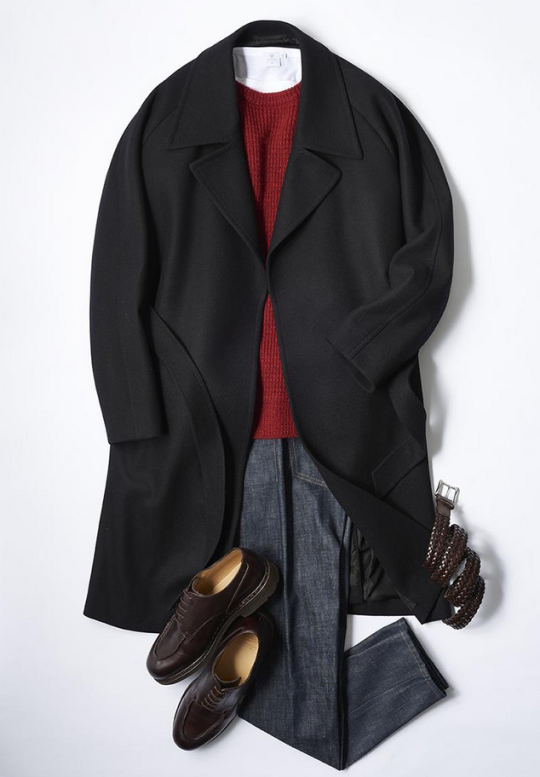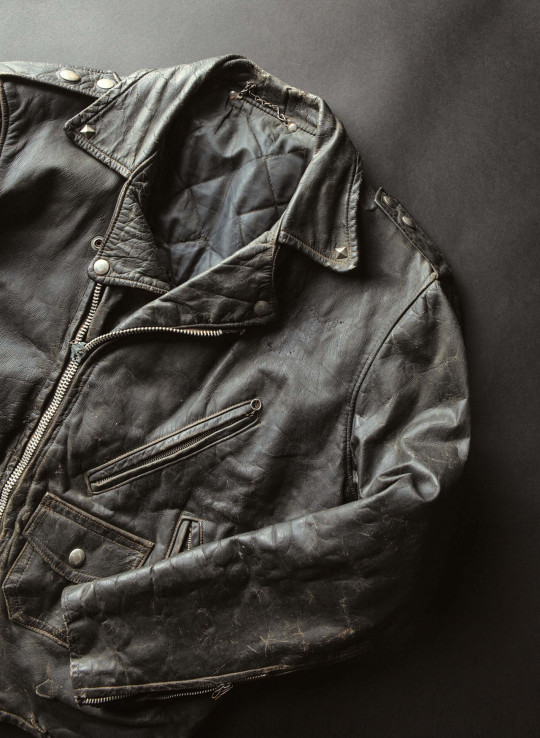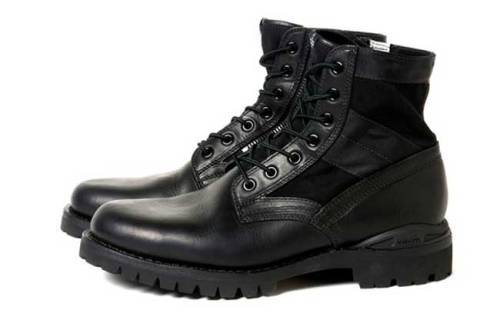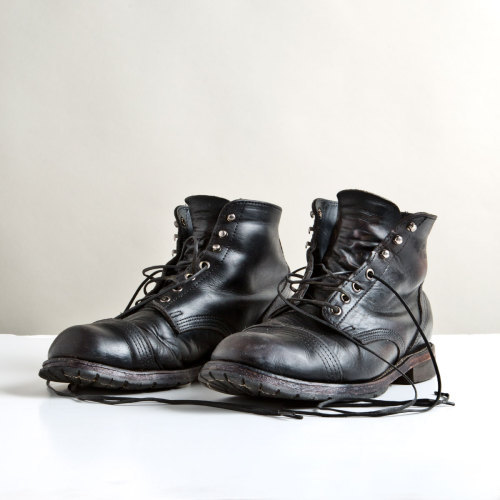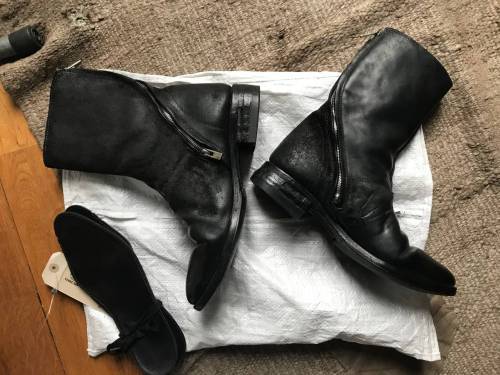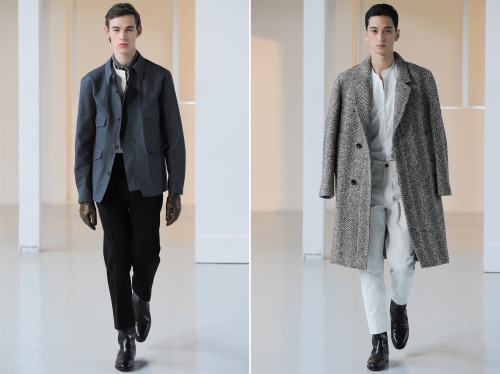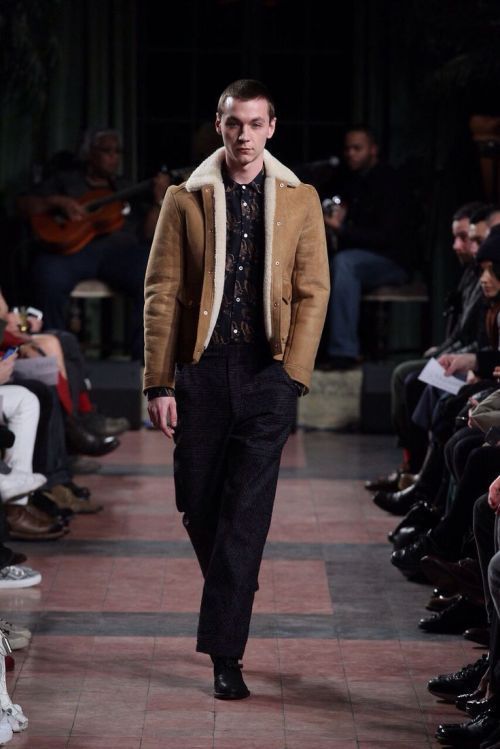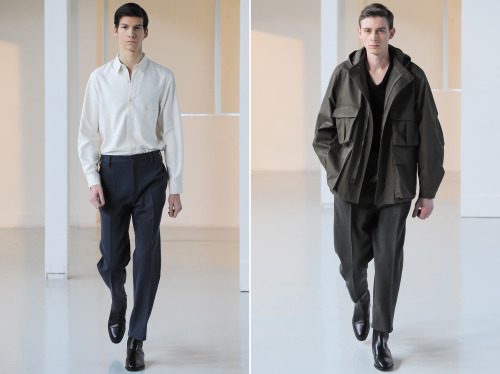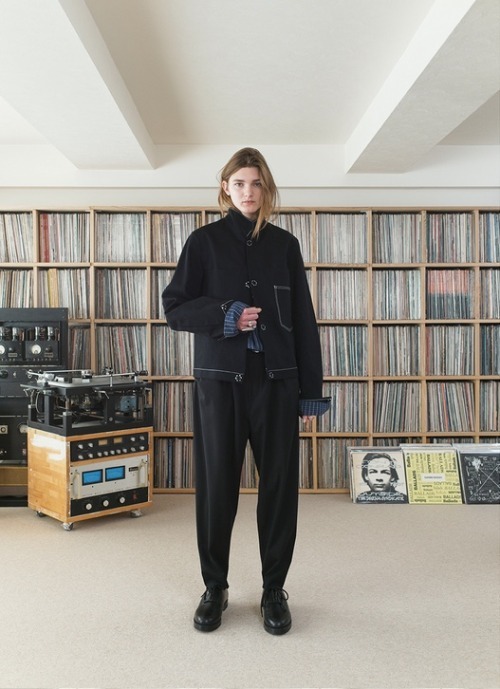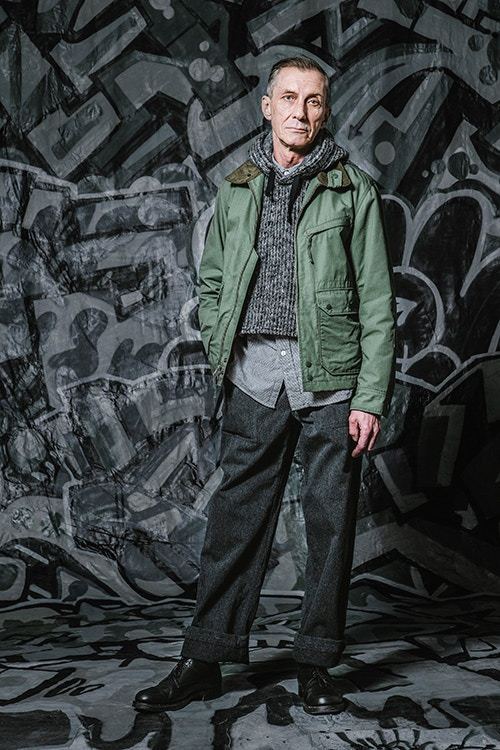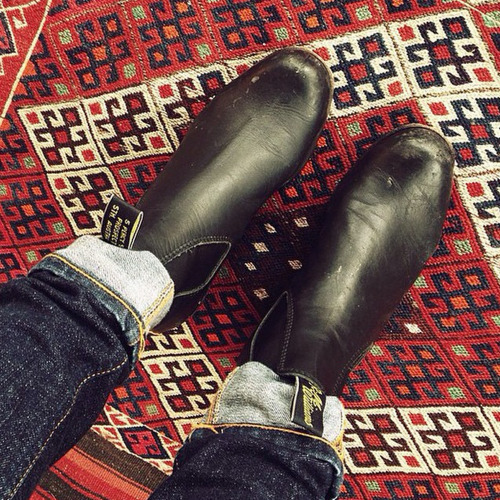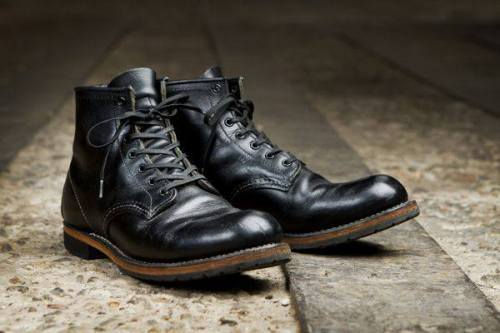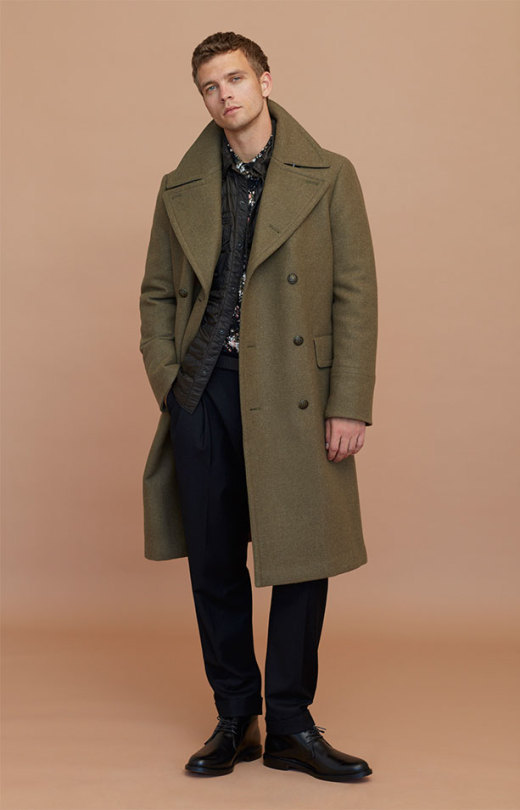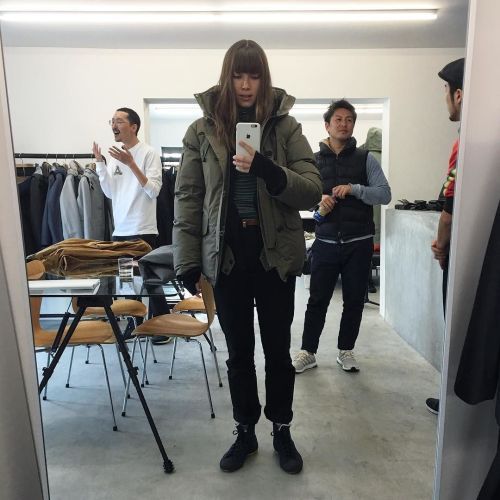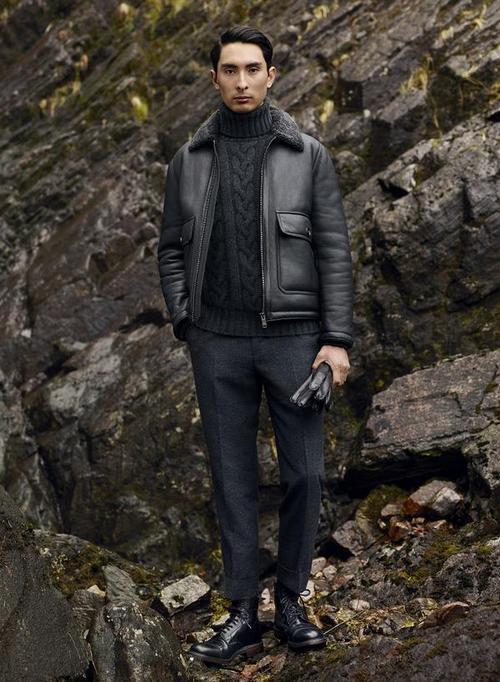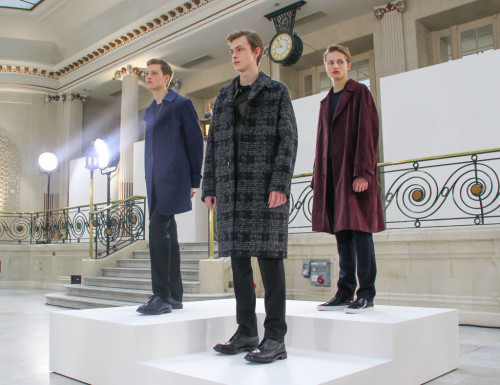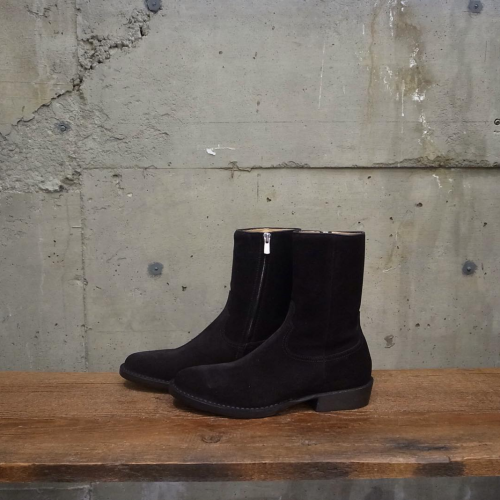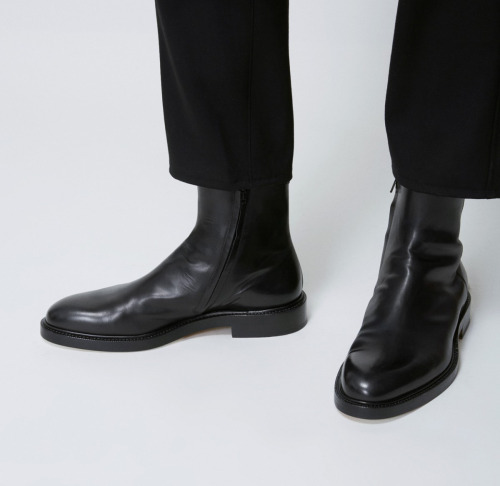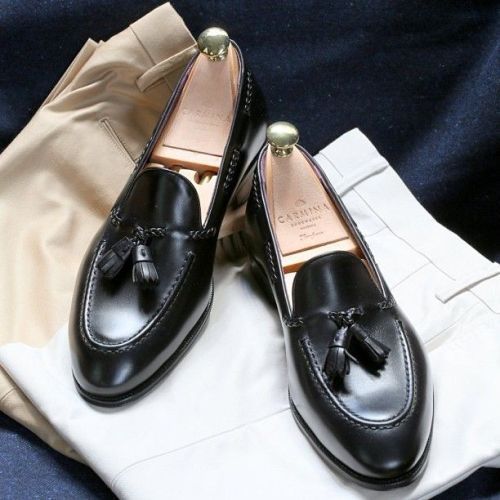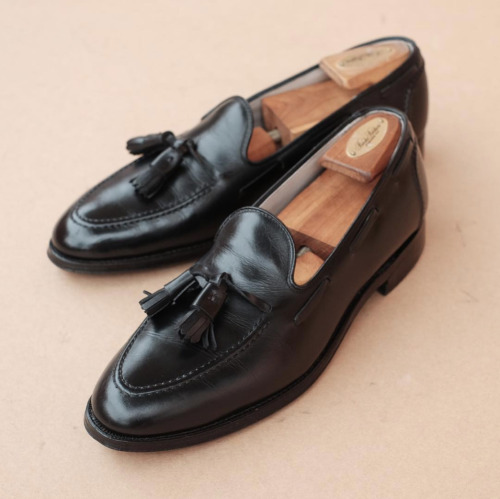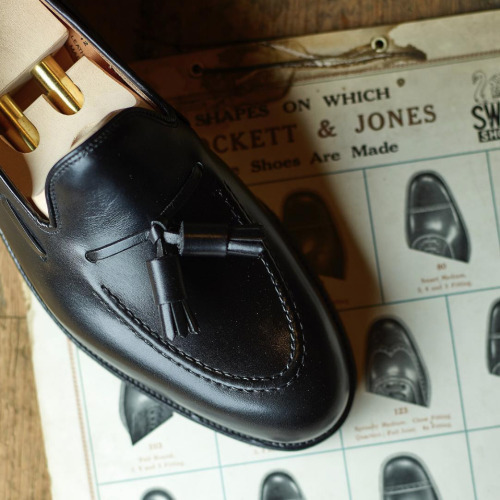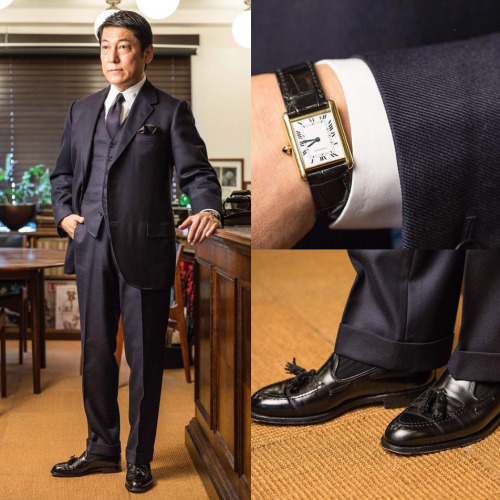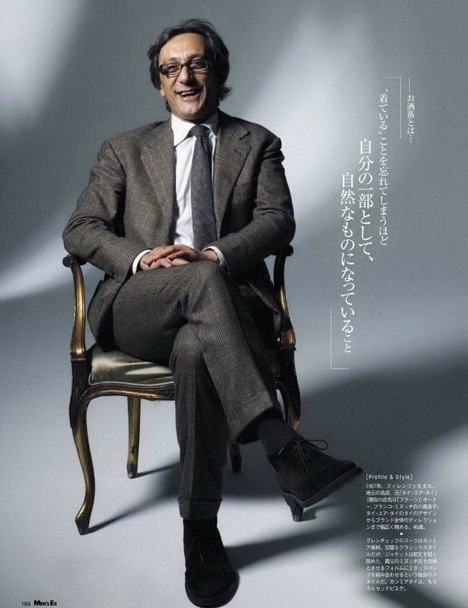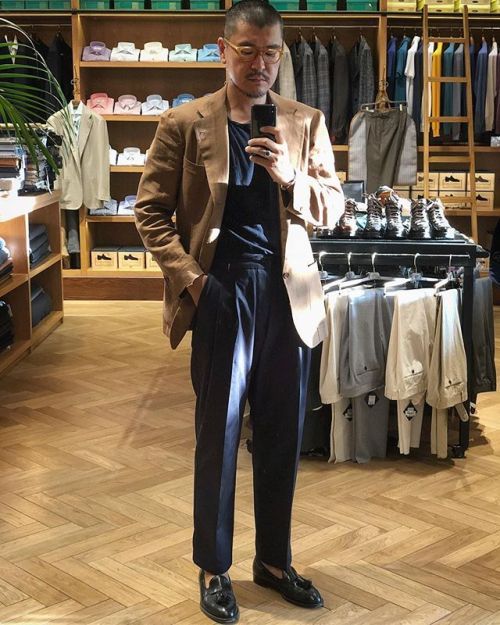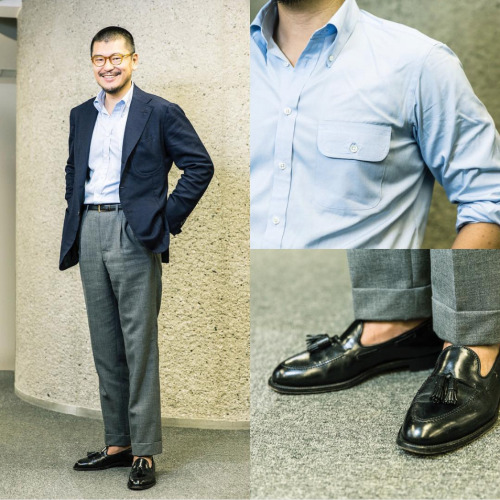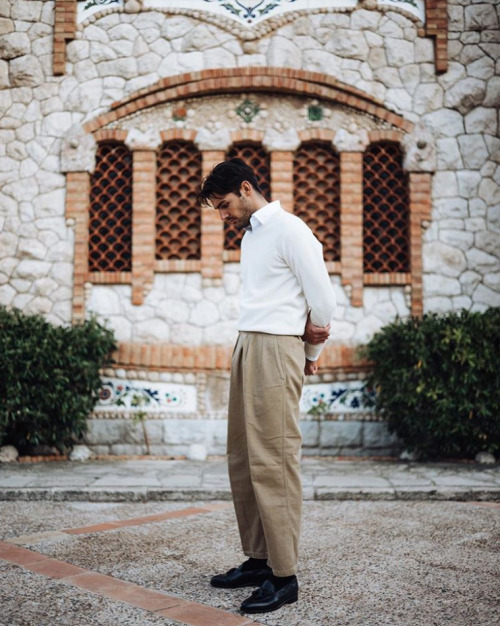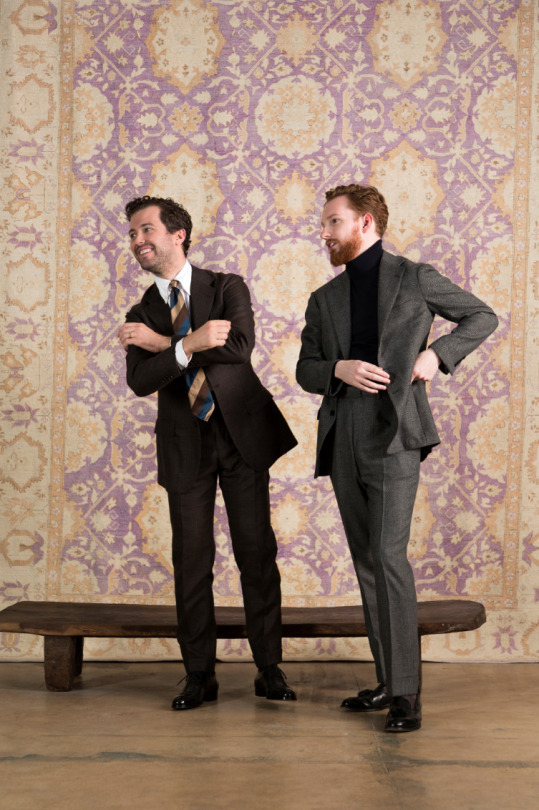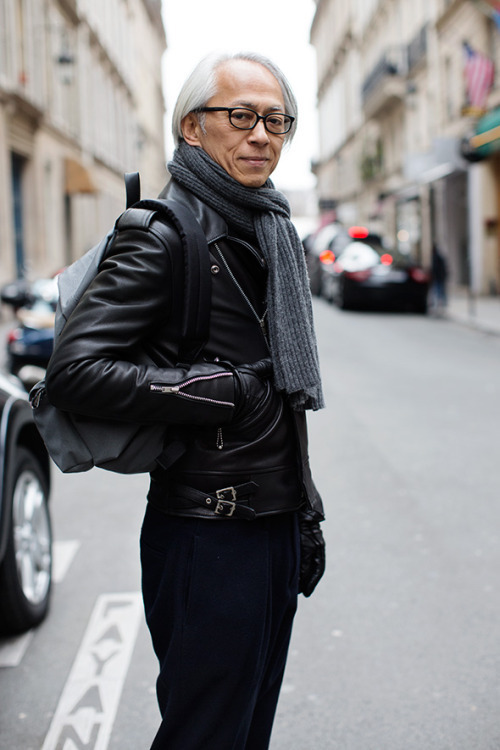
For all the guides on how to dress for your complexion, you only have to look at how black has been redeemed in the last ten years to see how color in fashion is often more about social meaning than simple color theory. During the late-aughts, menswear writers confidently declared that nobody should ever wear the color. Black suits are for morticians and the help. Black dress shirts are déclassé. Black trousers go with nothing. Black sport coats look like orphaned suit jackets. And black leathers don’t acquire the patina that makes a pair of well-polished, well-worn brown leather shoes so handsome. In fact, giving up square-toed black shoes in favor of more anatomically correct brown ones became something of a rite of passage for well-dressed men. And in binning those shoes, many have learned to avoid black entirely.
To be sure, some of those rules are sensible. Suits are typically easier to wear in navy or gray, rather than black, and black dress shirts are questionable at best. But as men have become more comfortable with fashion, black has seen a resurgence. It’s a color that connotes mystery, sophistication, power, elegance, and even sex appeal. It’s understated and urbane, dignified and dangerous. And for those reasons, black persists in menswear.
In a New York Times article published earlier this year, Jonathan Wolfe asked Valerie Steele, the director at The Museum at the FIT and author of The Black Dress, why New York City’s unofficial uniform is about wearing black from head to toe. “It’s only some New Yorkers who wear black, but it’s the kind of people popularly identified with this city – fashion people, artists, and hipsters,” Steele answered. “New Yorkers start to become associated with wearing black in the late 1970s and early ’80s. That’s when you get a sort of perfect storm of different style tribes wearing the color.”
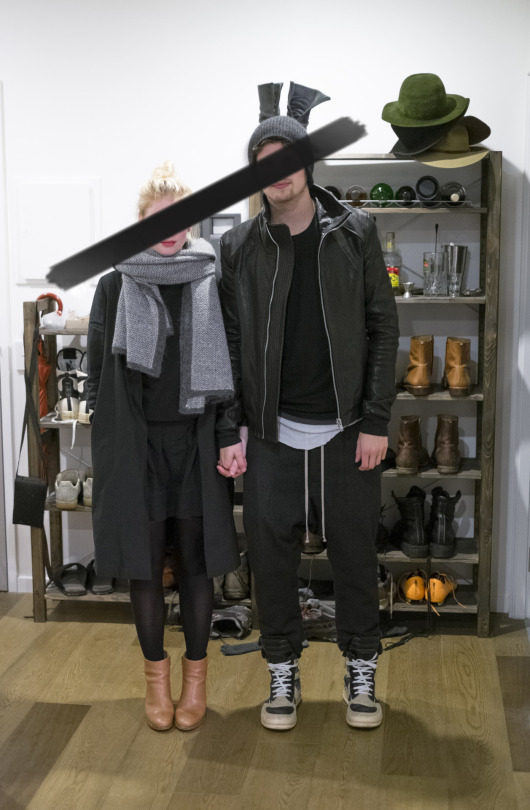
This included artists and cool downtown types, who wore black for its edgy and sinister power, as well as uptown office workers who sported the color for its practical applications – it’s slimming, work appropriate, and easy to mix-and-match. “But one of the most important style tribes was the one associated with avant-garde art,” Steele said. “People were at first mostly horrified by it, but then very rapidly, people in New York started wearing these all-black avant-garde Japanese fashions. It was like a secret Masonic handshake. Plus, New York City is a city of stone and black looks good in this environment. It wouldn’t look the same in a sunny Los Angeles milieu.”
Black clothing goes all the way back to at least ancient Rome, when people dyed clothing for mourning. During the Middle Ages, European nobles trimmed their heavy wool gowns with black fur sables. With the advent of better black dyes, merchants and magistrates started wearing the color as a way to signal their seriousness and importance. Soon, the nobility picked it up, and by the end of the 16th century, it was worn by all the courts and monarchs across Europe. Black went out of style in the early 19th century when Beau Brummell declared it too dour, then roared back in when it was featured by the title character in the popular society novel Pelham. Black remained de rigueur for evening clothes through the Victorian period until the Duke of Windsor brought back midnight blue as a fashionable alternative.
Through its history, black has developed some complex social meaning (perhaps more so than other colors, which are complex enough). On the one hand, black is the color of discretion and humility, thanks to its association with ascetic religious movements (e.g. the Quakers and Orthodox Jews). On the other hand, it’s also a powerful and evil color because of 19th century anarchists, 20th century motorcycle gangs, and even Fascists. (Interestingly, it’s that association with evil, rather than despite it, that makes it so attractive for many people). Black can also be lofty and intellectual because of The Beat Movement. Or it can be chic and sophisticated because of the work of Coco Chanel, Yves Saint Laurent, Cristóbal Balenciaga, Helmut Lang, and Rei Kawakubo.
I find I rely on the color a lot more nowadays than I used to. It often works better in casualwear, but even black tassel loafers have their virtues. An all-black outfit can be relied on several times of week, surprisingly, much in the same way a navy sport coat worn with gray trousers will never raise an eyebrow (I often wear black leather jackets with slim black jeans and long-sleeved black t-shirts). A single black item can also make for a nice, neutral background when you’re not sure how to complete an outfit. Here are five types of pieces I’ve found useful.

BLACK JEANS
Far and away, the easiest option is to get a pair of black jeans. Black denim is a little more unexpected than blue jeans, but they can be just as useful. The style goes well with olive field jackets, tan trucker jackets, and black leathers. They sit well with gray sweatshirts and red flannels, white tees and chambray work shirts. And since they lend a bit more contrast to blue outerwear, it’s easy to wear these with washed blue chore coats or inky blue trucker jackets without looking like you’re sporting a Canadian tuxedo.
As many readers know, denim, like all fabrics, is woven with yarns running lengthwise (known as the warp), and transverse threads running the width (known as the weft). Black jeans, in this sense, can be made in one of two ways.
The first is to combine a black warp with a white weft, which means the lighter fill yarn will show through the twill. This results in a slightly faded, gray-ish color. The other option is to get what’s colloquially known as “double black” jeans, which are made with black yarns on both the warp and weft.

“On our double black denim will fade over time to a grey, and eventually, to a white,” says 3sixteen’s co-founder Andrew Chen. “The reason that they show their fading so well is because the weft yarn is dark. As the warp threads fade, the fill yarns contrast them and allow you to see the fade patterns clearly. Traditional black warp/ white weft denim seems resistant to fading because there isn’t as much contrast against white weft.”
Black fabrics can also be dyed in different ways. Reactive dyeing results in a longer lasting, deeper black, but it’s expensive and thus not often used. Iron Heart calls its reactive black denim “Super Black” because it doesn’t fade easily. Alternatively, black can be either sulfur or acid dyed (sulfur is typically used for cotton, acid is used for wool). Since these dyes don’t bond as strongly with fibers, the resulting material is less stable. “Our double black jeans are sulfur dyed,” says Chen. “For people who like fading, like me, sulfur is the better choice and more affordable too.”
My black jeans include 3sixteen’s SL-200x and C.O.F. Studio’s M1. The first is a slim-straight jean while the second is slightly slimmer and more tapered, but without veering into skinny territory. Slimmer jeans are often worn low slung and on the hips, but both of these models have a high enough rise that you won’t be worrying about exposing a plumber’s crack.
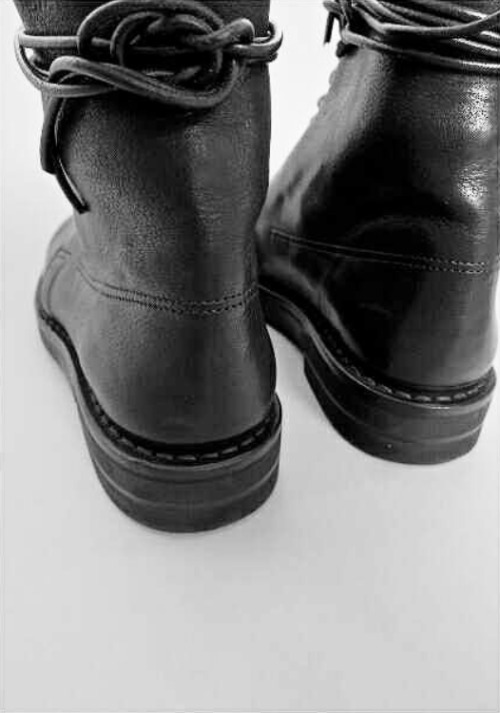
BLACK BOOTS
Black shoes can be limiting if you mostly take style inspiration from Southern Italy and 1960s college campuses, but they’re great for almost any other context. Black Chelsea boots, for example, were a staple of the Mod scene when they were picked up by young men in Chelsea, London (hence the name) and then famously worn by The Beatles (although technically speaking, the Beatles wore a modified version of the Chelsea).
I mostly like black boots in slightly more casual styles, such as the field boot, military boot, and work boot. Black can make a workwear outfit feel heady and dark. Punks, after all, adopted black Doc Martens in the 1970s and ‘80s as a way to show their rejection of the corporate class. And today, you can wear a black work boot with things such as leather jackets, French chore coats, and milsurp field jackets. They even work well with blue denim given how the eye is used to seeing black footwear under blue trousers.
If your style leans contemporary, try black side zips, which straddle the line in terms of formality. Their clean, minimalist lines make them feel refined like Chelseas, while the front panels are often cut in a way that’s reminiscent of a Western roper. Side zips are more causal than derbies; more contemporary than chukkas; and more refined than work boots. I like them with modern-styled leather jackets and gray topcoats, especially in monochromatic gray/ black ensembles.
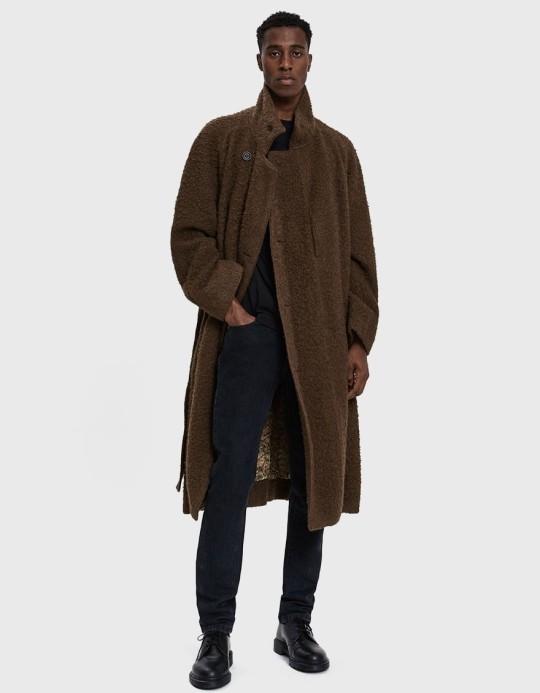
BLACK SWEATERS
In the 1959 book Try for Elegance, which centers around a men’s clothing shop based on Brooks Brothers, a man asks for a black sweater and is given a disapproving glare by the protagonist. Among Ivy Style traditionalists, black is verboten for anything beyond leather shoes and matching belts. When asked about it in The Rake, Alan Flusser said: “Black can be very chic, and guys who are into tradition are generally not into chic.”
I’ve actually found black to be a tremendously useful color for knitwear – although it’s true that it plays better with contemporary wardrobes than traditional ones. Black knits are chic and sophisticated. They look better at night, when you might actually need a sweater. And they provide an excellent neutral background for coats and jackets in dusty olives, faded tans, and stone grays. In fact, you often see them use in runway shows and lookbook presentations because of how they help highlight a good piece of outerwear.
I like ones with a bit of texture, such as these from Our Legacy, Ten C, Isabel Benenato, James Coward, and Stephen Schneider. Lofty Shetlands and cable knits can also work if your style leans classic. Pair those with gray herringbone tweeds and waxed cotton Barbour jackets – side-eyeing trads be damned.
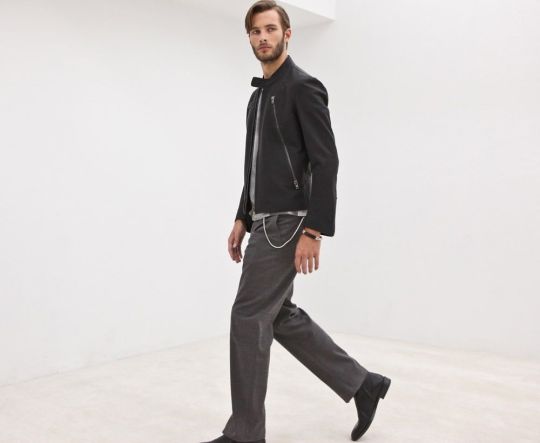
BLACK LEATHER JACKETS
Two style archetypes have endured in the post-war era. The first is the grey flannel suit, navy blazer wearing type, best represented by the Northeastern WASP establishment. Then there’s the rebel in a black leather jacket and pair of well-worn jeans. It’s a look that’s been made classic by rock musicians, motorcyclists, and actors such as James Dean and Marlon Brando (and well, sometimes even aliens).
That image of the mean, moody, rebel hero who rolls into town on a thundering motorbike is what makes the black leather jacket so appealing, but also hard to wear. Many men, understandably, feel like they don’t have the necessary character to pull them off. You can get a black double rider in a softer leather such as lambskin, which will have a more approachable feel than their calfskin and cowhide counterparts. Or you can get a slightly slimmer, more contemporary cut, which will look more like a casual jacket than a piece of riding equipment.
My favorite is Maison Mrgiela’s five-zip, which is the company’s take on the classic cafe racer. The design has endured since the early aughts because it’s unique without being hard to wear. It goes well with t-shirts and dressier button-ups, tailored trousers or jeans. Ones with blacked out zippers will generally do better with all-black outfits, while silver zip versions can be a little more versatile.

(THE OTHER) BLACK TIE
Lastly, for traditionalists, there’s the black knit tie. Black is one of the most versatile colors for knit ties. It’s better than the standard go-to colors for neckwear, such as brown, burgundy, and bottle green. Even better than the always-wearable navy. The accessory was most famously worn by the literary version of James Bond, who was described by Ian Fleming as wearing a dark suit, clean white shirt, and a “thin, black silk knitted tie.” It’s also heavily associated with mid-century icons such The Rat Pack. In fact, one of the first ties I bought as an undergraduate student was a black silk knit, precisely because I thought Sammy Davis Jr. looked so great in his.
You can wear a black knit tie with almost anything: brown tweeds, navy sport coats, or grey suits paired with white or light blue shirts. Given that many men today want to wear a tie without looking too formal, the black silk knit is about as good as you can get. It’s versatile in color, casual in form. You can get them from Drake’s, Chipp, J. Press, Brooks Brothers, Ben Silver, and Kent Wang.


